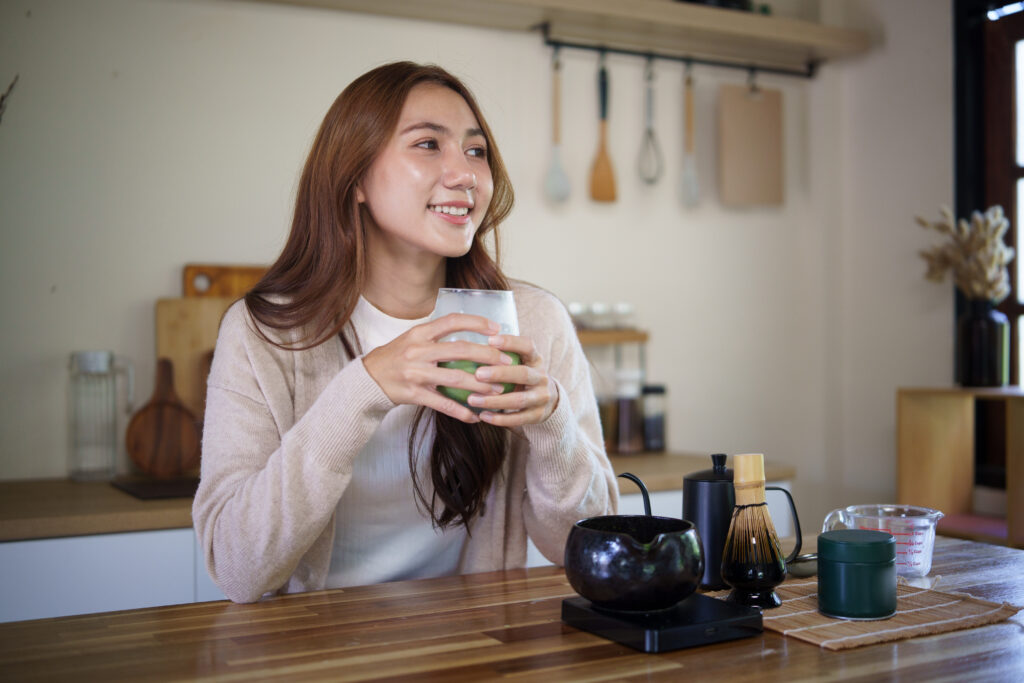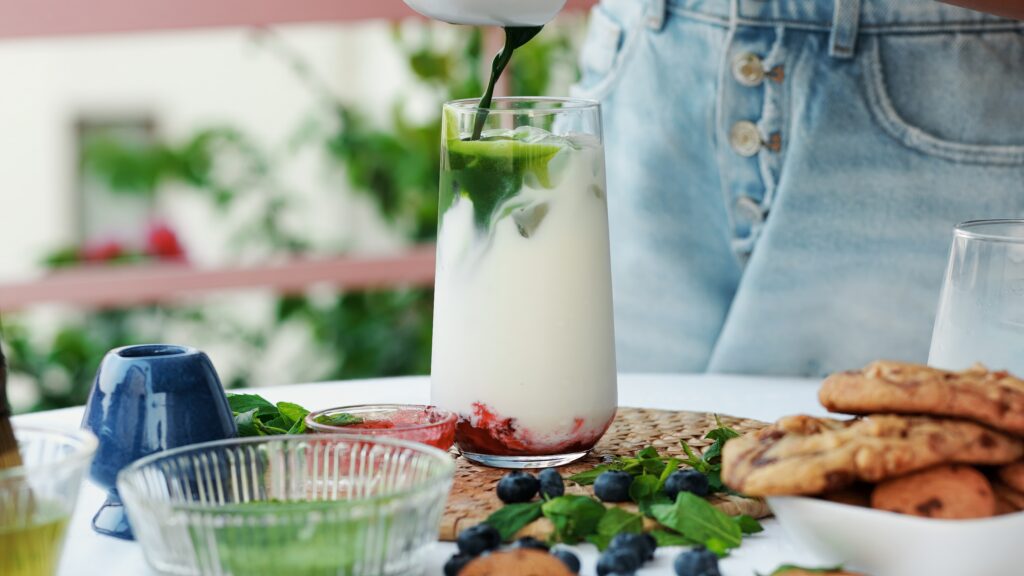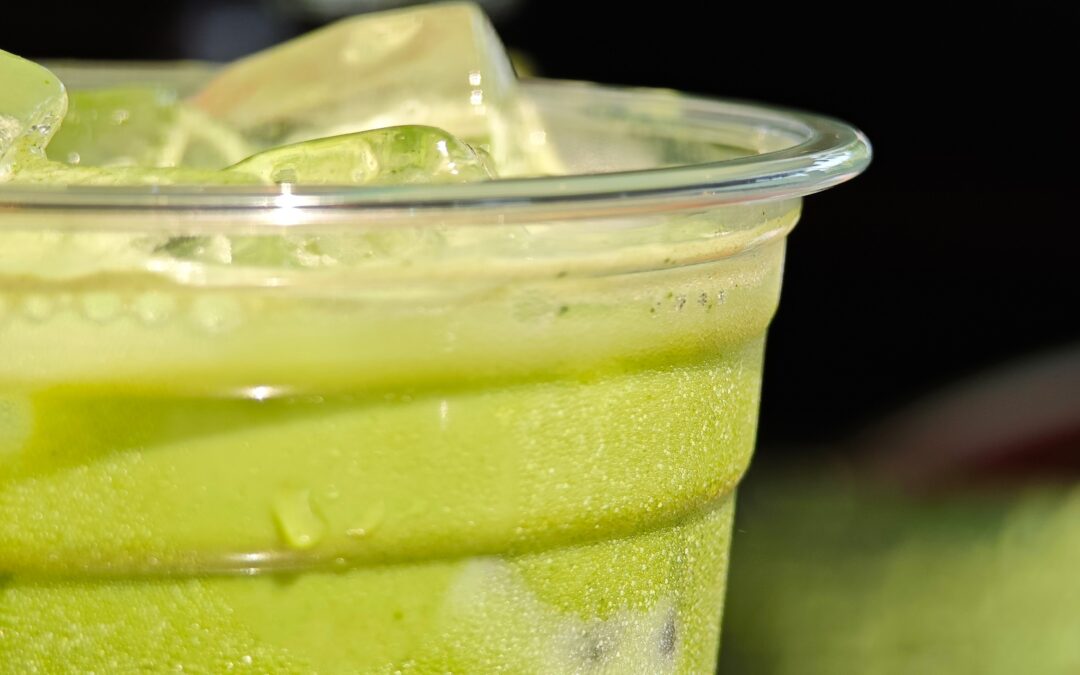Walk into any trendy cafe in 2025 and you’ll notice something: everyone’s drinking bright green lattes instead of coffee.
Matcha – the finely ground Japanese green tea – has exploded from niche wellness product to mainstream beverage. Sales have surged, coffee shops have added matcha to standard menus, and Instagram is flooded with that distinctive vibrant green color.
So what happened? Why is everyone suddenly choosing matcha over their morning coffee?
The Matcha Boom by the Numbers
The growth is genuinely remarkable.
Matcha market size has grown significantly year-over-year, with projections showing continued expansion through the decade. Google searches for “matcha” have increased exponentially. TikTok hashtag #matcha has billions of views and counting.
Coffee shops report matcha sales increasing 30-40% annually. Whole Foods and Trader Joe’s have expanded matcha product lines. Even Starbucks has leaned heavily into matcha offerings, recognizing the shift in consumer preferences.
Matcha cafes – shops specializing exclusively in matcha drinks and matcha-infused foods – are opening in major cities. The beverage has moved from specialty health food stores to mainstream grocery aisles.
The Energy Difference
The most common reason people cite for switching from coffee to matcha: the energy feels different.
Coffee provides a quick jolt of energy followed often by jitters and a crash. The spike is intense but short-lived, and the comedown can be rough. Many coffee drinkers find themselves in a cycle of multiple cups trying to maintain energy throughout the day.
Matcha provides what users describe as “calm alertness” or “focused energy.” The caffeine hits more gradually and lasts longer – typically 4-6 hours compared to coffee’s 1-3 hours. You get sustained energy without the jitters or anxiety that coffee can produce.
The science behind this involves L-theanine, an amino acid found in tea. L-theanine promotes relaxation without drowsiness and works synergistically with caffeine to create smooth, sustained alertness. Coffee has caffeine but no L-theanine, which is why the energy feels harsher.
People working long hours, studying for exams, or needing consistent focus throughout the day find matcha’s sustained energy profile more functional than coffee’s boom-and-bust cycle.

The Aesthetic Appeal
We can’t ignore how Instagram-able matcha is.
That vibrant green color is unmistakable and photogenic. Matcha lattes, especially when made with care – whisked to create foam, poured into aesthetic cups, sometimes with latte art – look beautiful on camera.
The color alone makes matcha drinks stand out in a sea of brown coffee beverages. On social media, where visual appeal drives engagement, matcha wins on aesthetics.
This has created a feedback loop: matcha looks good in photos, so people post it, which makes more people want to try it and post it, which increases visibility and demand. The aesthetic became part of the appeal, not just a side benefit.
Matcha’s association with Japanese culture and traditional tea ceremony also carries aesthetic cache – it feels refined, intentional, and cultured in ways that grabbing a coffee doesn’t necessarily convey.
The Coffee Fatigue Factor
Part of matcha’s rise is about coffee culture itself.
Many people are simply tired of coffee. After years or decades of daily coffee consumption, the taste becomes monotonous, the routine feels stale, and the effects stop feeling as beneficial.
Third-wave coffee culture, with its emphasis on single-origin beans and brewing methods, created appreciation for quality coffee but also made it feel complicated and pretentious. Matcha offers simplicity – it’s always green tea, just varying in quality grades.
Coffee culture also became associated with hustle culture and overwork. The image of stressed workers downing multiple espressos to push through exhaustion feels increasingly unappealing. Matcha positions itself as the anti-hustle caffeine – energizing but calm, focused but not frantic.

The Downsides Nobody Talks About
Matcha isn’t perfect, and the wellness hype obscures some practical concerns.
It’s expensive. Quality matcha costs significantly more than coffee per serving. Even basic preparation requires special equipment (bamboo whisk, proper bowl). For budget-conscious consumers, coffee remains more economical.
Taste is polarizing. Matcha has a distinct, earthy, slightly grassy flavor that some people simply don’t like. No amount of health benefits matters if you don’t enjoy drinking it.
Quality varies dramatically. Bad matcha is really bad – bitter, gritty, unpleasant. Without education about grades and preparation, many people’s first matcha experience disappoints.
It still has caffeine. While the L-theanine makes the experience smoother, matcha still contains caffeine. People sensitive to caffeine or trying to eliminate it won’t find relief in switching to matcha.
Preparation is less convenient. Making matcha properly takes more time and effort than coffee. For people prioritizing convenience, coffee wins.
Why We Absolutely Love It
The matcha phenomenon represents more than just a new trendy beverage.
It’s a rejection of coffee culture’s intensity and jitters in favor of something smoother and more sustainable. It’s choosing calm focus over frantic energy.
It’s embracing wellness narratives – whether fully evidence-based or not – that position our daily choices as health-promoting rather than just habitual.
It’s participating in aesthetic culture where what you drink is also what you post, and the appearance matters as much as the taste.
It’s seeking rituals and mindfulness in daily routines that have become rushed and thoughtless. Making matcha becomes an intentional act rather than grabbing whatever’s fastest.
Most fundamentally, matcha offers an alternative in a culture where coffee has been the unquestioned default for decades. It gives permission to choose differently, to question assumptions, and to find what actually works for your body and lifestyle rather than just doing what everyone else does.
For people tired of coffee but still needing caffeine, overwhelmed by hustle culture but still needing energy, seeking wellness but not wanting to give up daily rituals – matcha is an appealing answer.
So maybe try it. Get quality powder, not the cheap stuff. Learn proper preparation or find a cafe that does it well. Give it a fair chance beyond one disappointing attempt.
You might discover that bright green cup offers exactly what you’ve been missing: sustained energy without the crash, a moment of mindfulness in a hectic day, and a daily ritual that feels intentional rather than automatic.
Or you might decide you’re a coffee person through and through. And that’s fine too.
But at least now you know why everyone else is drinking green.

